What's the meaning of the William Marshal »
William Marshal
This page is about the meaning, origin and characteristic of the symbol, emblem, seal, sign, logo or flag: William Marshal.
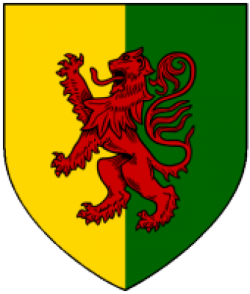
The coat of arms of Sir William Marshal, one of the greatest knights of the Middle Ages, consists of a red rampant lion on a field per pale (vertically divided in two) of vert (green) and or (yellow/gold).
During his lifetime (1144 - 1219), William Marshal was widely famed as one of the greatest soldiers and tournament champions of the day. As a younger son of minor nobility, William had little to gain in terms of inheritance or title, but he was skilled enough to make his own, and rather successful, way in the world. He also spent several decades in service to the royal family of England, and was a particular favorite of the Queen, Eleanor of Aquitaine.
Throughout of William’s life, England and its monarchy were in varying states of political chaos. As a young child, he was given as a hostage to the rebellious forces of King Stephen to ensure good behavior from William’s father. As an adult, while mentoring the oldest son and heir of King Henry II, William became embroiled in the dynastic rebellions launched by Henry’s sons against their father. With a few exceptions, William remained largely above the turmoil and vendettas of those conflicts, but it was not until Richard the Lionheart, the oldest surviving son of Henry and Eleanor, was crowned king in 1189 that William’s prestige truly blossomed. Given the hand in marriage of Isabel de Clare, one of the wealthiest heiresses in the kingdom, William became the holder of vast estates in Wales and Ireland, and remained one of Richard’s chief confidants throughout his reign.
When Richard’s brother John assumed the throne in 1199, the country was once again thrown into chaos. John’s ineptitude at ruling caused dissent throughout much of the kingdom, and earned him the enmity of both the King of France and the Papacy in Rome. William was one of the most powerful men in England by this time, and his influence helped to keep the kingdom on an even footing. Upon John’s death in 1216, William assumed responsibility for his young son, who would later go on to become King Henry III.
Shortly before William himself died three years later, he joined Knights Templar, a prominent military and religious order, fulfilling a vow he had made years earlier. He was interred with honor at Temple Church in London, where his effigy can still be seen today.
- 1,752 Views
Graphical characteristics:
Asymmetric, Closed shape, Colorful, Contains both straight and curved lines, Has crossing lines.
Category: Emblems.
William Marshal is part of the Coat of Arms group.
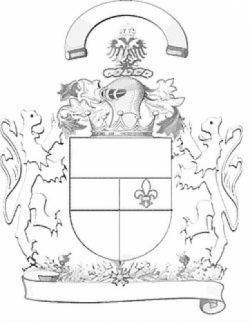
More symbols in Coat of Arms:
A coat of arms is a unique heraldic design on an escutcheon (i.e. shield), surcoat, or tabard. The coat of arms on an escutcheon forms the central element of the full heraldic achievement which consi… read more »
More symbols in Emblems:
An emblem is an abstract or representational pictorial image that represents a concept, like a moral truth, or an allegory, or a person, like a king or saint. Although words emblem and symbol are of… read more »
Citation
Use the citation below to add this symbol to your bibliography:
Style:MLAChicagoAPA
"William Marshal." Symbols.com. STANDS4 LLC, 2024. Web. 19 Apr. 2024. <https://www.symbols.com/symbol/william-marshal>.

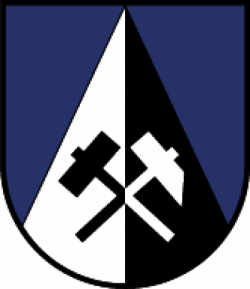
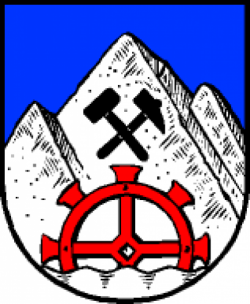
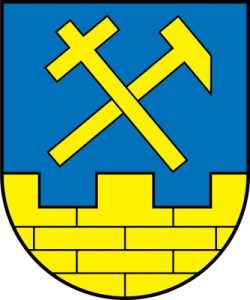
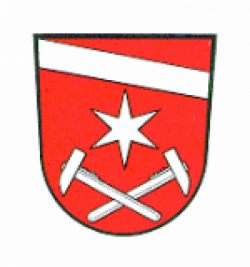

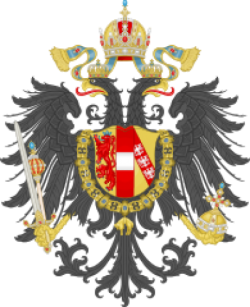
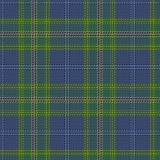
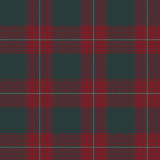


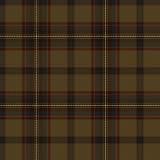
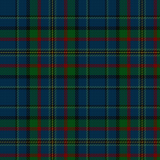

Have a discussion about William Marshal with the community:
Report Comment
We're doing our best to make sure our content is useful, accurate and safe.
If by any chance you spot an inappropriate comment while navigating through our website please use this form to let us know, and we'll take care of it shortly.
Attachment
You need to be logged in to favorite.
Log In